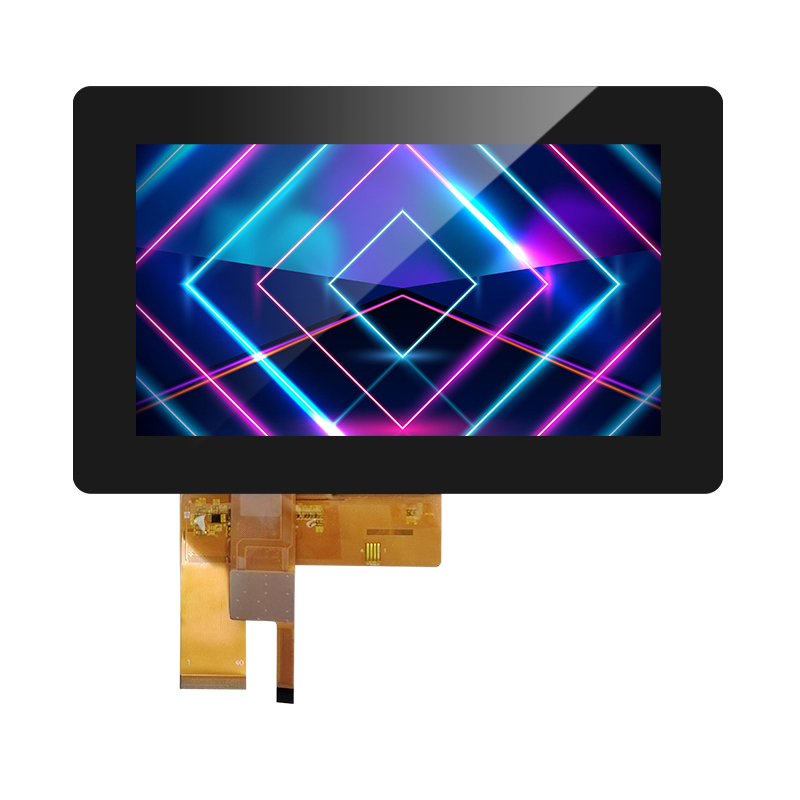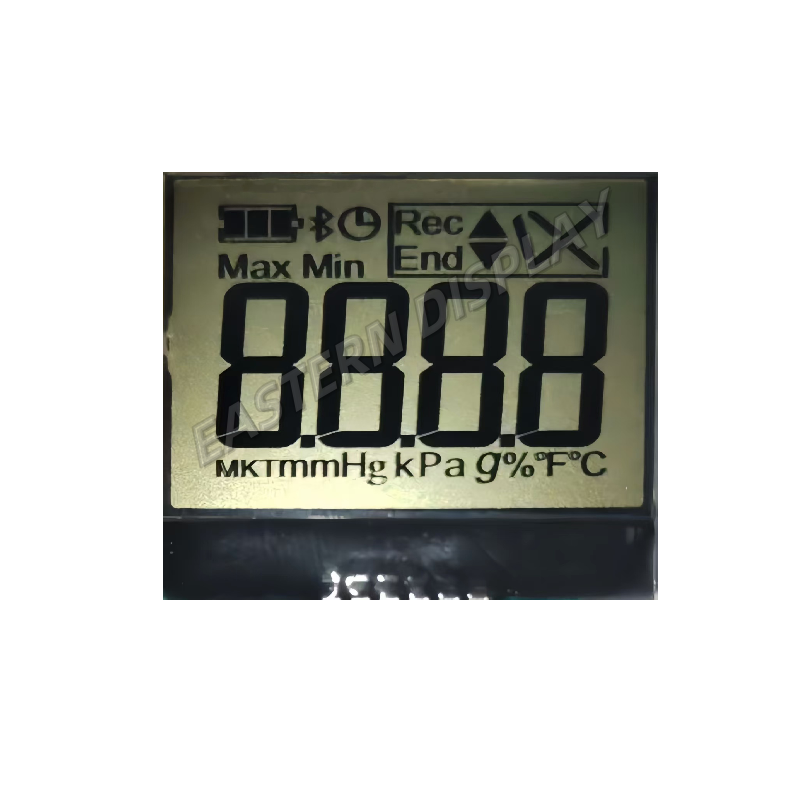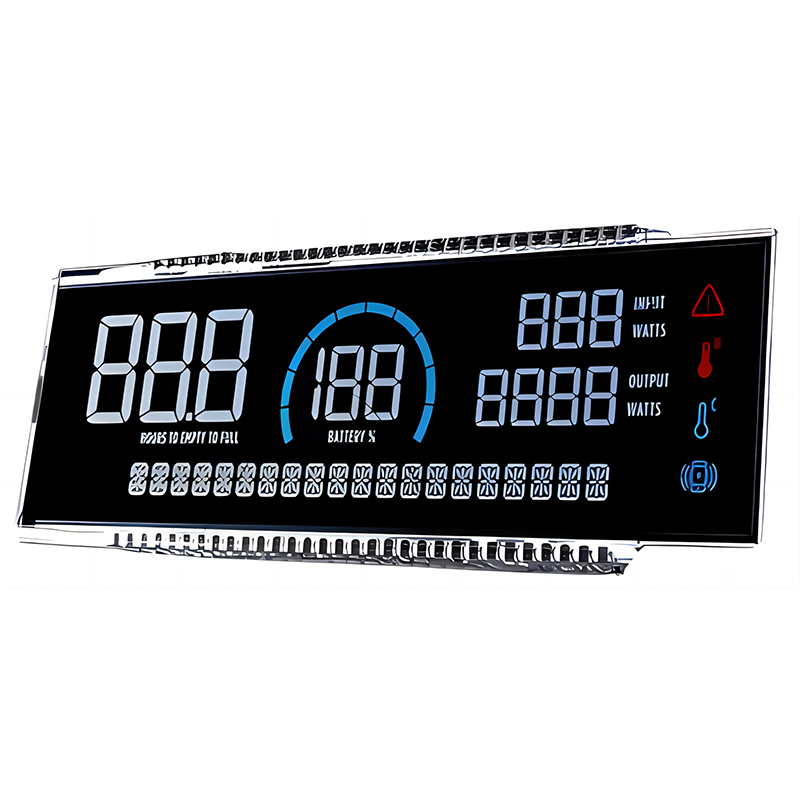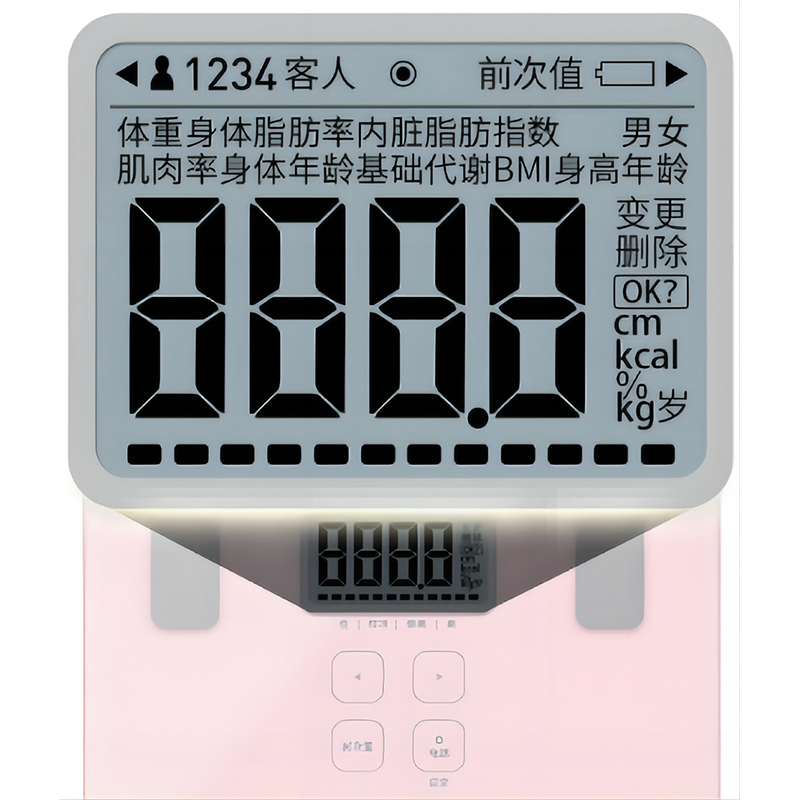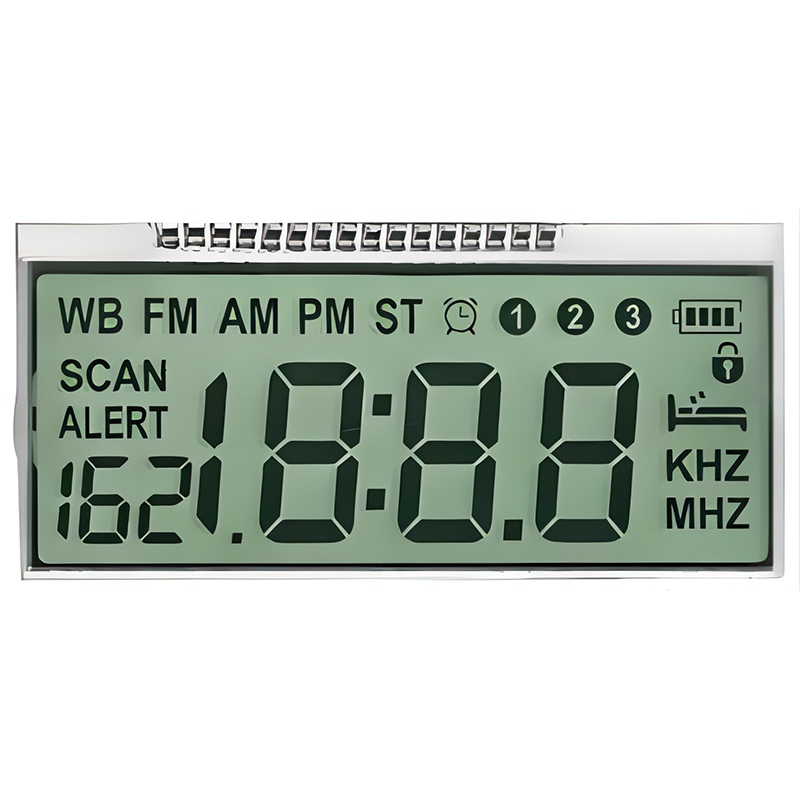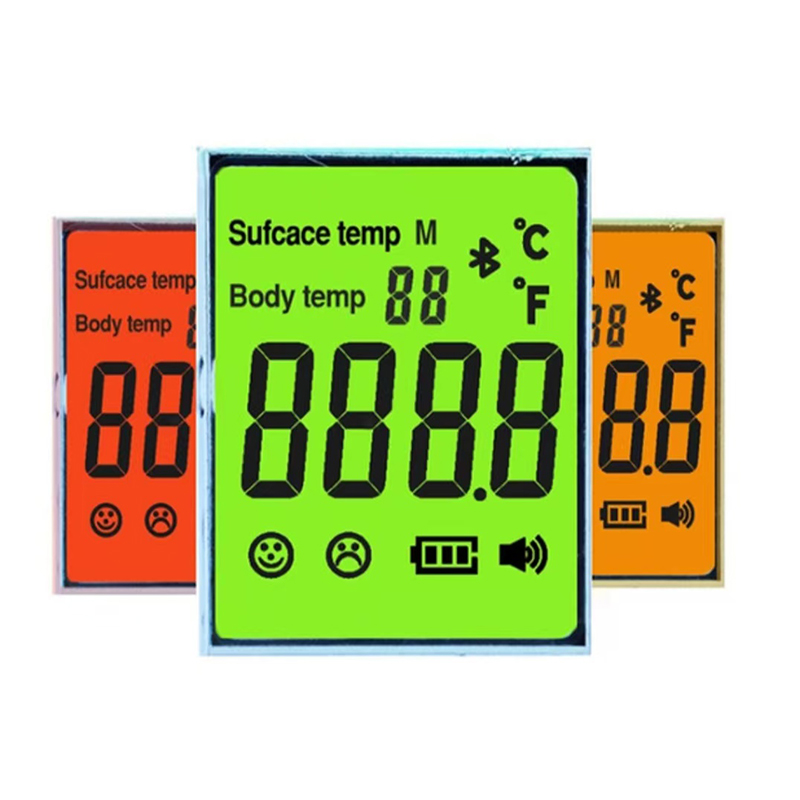
This comprehensive guide explores the HD LCD, a common and versatile alphanumeric liquid crystal display. We'll cover its functionality, interfacing, common applications, and troubleshooting tips. Whether you're a seasoned electronics enthusiast or a beginner, this guide provides the knowledge needed to effectively use this popular display.
The HD LCD is a character-based LCD module widely used in various embedded systems and electronic projects. HD44780 refers to the controller integrated within the display, while 1602 indicates its dimensions: 16 characters wide and 2 lines high. This compact display is relatively inexpensive and easy to interface with microcontrollers like Arduino, Raspberry Pi, and others. It's an excellent choice for displaying text-based information such as sensor readings, time, dates, and simple messages.
Connecting an HD LCD to a microcontroller typically involves connecting the following pins:
| LCD Pin | Function | Microcontroller Pin |
|---|---|---|
| VSS | Ground | GND |
| VDD | Power (+5V) | 5V |
| V0 | Contrast (Potentiometer) | - |
| RS | Register Select | Digital Pin |
| RW | Read/Write | Digital Pin |
| E | Enable | Digital Pin |
| D0-D7 | Data Lines | Digital Pins |
Table 1: Typical HD LCD Pin Connections
The versatility of the HD LCD makes it suitable for a wide range of applications, including:
Common issues include blank screens, incorrect character display, or flickering. These are often resolved by checking power connections, contrast adjustment, and ensuring proper communication with the microcontroller.
For high-quality HD LCD modules and other display solutions, consider exploring reputable suppliers. One such option is Dalian Eastern Display Co., Ltd., a leading provider of various LCD modules. They offer a wide selection and excellent customer support.
Remember to always consult the datasheet for your specific HD LCD model for detailed specifications and pinouts.




